Out of the Blue by E.L.O.
Buy Out of the Blue Out Of the Blue was the seventh album by Electric Light Orchestra (ELO), which began its life in the Swiss Alps after the band wrapped up it’s New […]
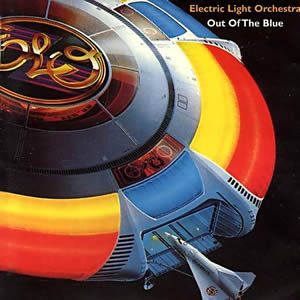
Buy Out of the Blue Out Of the Blue was the seventh album by Electric Light Orchestra (ELO), which began its life in the Swiss Alps after the band wrapped up it’s New […]
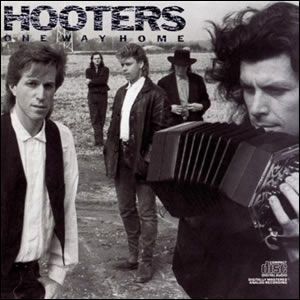
Buy One Way Home After two years of extensive touring in support of their first major label success, Nervous Night, the Philadelphia based group The Hooters returned to the studio to record One […]

Buy One On One Many critics believed that Cheap Trick was already past their peak by the time that got around to recording their sixth studio album, One On One in 1982. The band […]
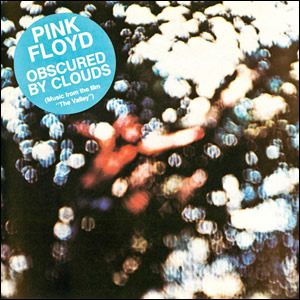
Buy Obscured by Clouds One of the lost treasures of classic rock and, by far, the most overlooked album in the Pink Floyd catalog during their classic era, Obscured by Clouds acted as […]
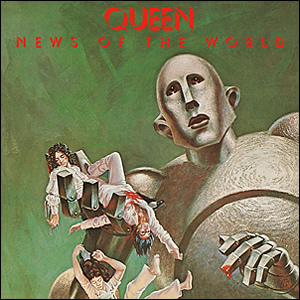
Buy News Of the World News Of the World was recorded and released in the heart of Queen’s most prolific and creative era and may be the band’s most balanced album. It bridges […]

Buy New Miserable Experience Released during the heyday of the grunge music movement, New Miserable Experience was the peak of Gin Blossoms‘s short-lived fame in the early 1990s. It consists of lean and […]
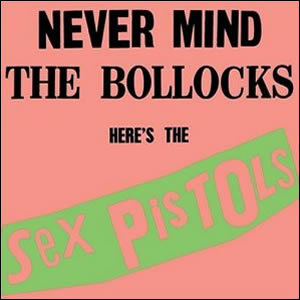
Buy Never Mind the Bollocks, Here’s the Sex Pistols The ongoing tradition of rock n roll has always been to push conventional boundaries and be a voice for the youth. In the 1950s, […]
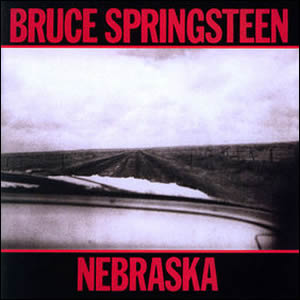
Buy Nebraska Bruce Springsteen‘s 1982 solo album Nebraska was an original “demo” that found unexpected life as a major label recording by a major label artist. The tracks for this sparsely-recorded album were […]

Buy Marshall Crenshaw Marshall Crenshaw writes songs that could be described as simple, traditional pop/rock songs with a hint of Rockabilly in the tradition of Buddy Holly and early Beatles. In fact, Crenshaw […]

Buy Machine Head Deep Purple is often overlooked as one of the truly great classic rock acts. This may be because they reigned during the prime of so many other great British rock […]